Update: On February 1, 2024, the Federal Energy Regulatory Commission (FERC) issued a preliminary permit to York Energy Storage, LLC for the pumped hydroelectric storage project the company is proposing in York County. The preliminary permit gives York Energy Storage priority for building a project on the site (essentially calling dibs) and opens up a public input period as the company begins to assemble the studies and other documents necessary for a full license application. If granted, that license would allow the company to actually build the project and use eminent domain to force property owners on the site to sell.
The public has 60 days from the preliminary permit date to submit comments to the FERC. Any comment submitted should include the docket number P-15332-000 and can be submitted by the FERC’s eComment system or by paper.
In winter, the two sides of Old Bridgeville Road in eastern York County, about 70 miles west of Philadelphia, don’t look all that different. Tan fields of corn and soy stubble cover the rolling hills to the east and to the west, broken up by patches of woods and dotted with houses and farm buildings.
If the proposed York Energy Storage project is built, though, the view to the east will be dominated by a 580-acre reservoir. Up to 25,000 acre-feet of water would be held back by a 9,800 foot-long dam up to 225 feet tall as well as dikes to either side, one 700 feet long and up to 90 feet tall and another 1,300 feet long and up to 35 feet tall. York Energy Storage LLC, the company proposing the project, says that it will fill an important role in a green energy future. The question is whether this is true, and at what cost to the people in the way.
Jake and Jen Horton live in a white farmhouse on 70 acres of crop fields and pastures that would be underneath the surface of the proposed reservoir. Near the house stand four outbuildings including two yet-unpainted barns. A fire in March destroyed the previous barns and the Hortons rebuilt them over the summer, racing to finish before they had to put up hay for the winter. “What we’re looking at would be underwater,” Jake Horton says.
It makes me really angry you’re not giving a crap about someone’s home and life work. We just don’t matter … We’re nobodies. We’re not a consideration.”
— Jen Horton, York County property owner
Sheep graze in a pasture that slopes down towards the treeline. A weedy crease in the field hides the beginnings of Cuffs Run, a stream that cuts a ravine through a steep hillside three quarters of a mile to the north to Lake Clark, an impoundment on the Susquehanna River behind the Safe Harbor Dam.
The York Energy Storage proposal would take advantage of the drop to the river to store energy from the regional electrical grid, pumping water uphill to the reservoir when demand is low compared to generation capacity. When demand rises, it would release the water to run back down through turbines to generate electricity, a model called pumped hydroelectric energy storage, or “pumped hydro storage.”
As the cliché goes, the sun doesn’t always shine, and the wind doesn’t always blow. Wind and solar produce greenhouse gas-free energy, but the sunniest and windiest conditions don’t always align with the highest demand for electricity, a problem that can be solved by storage.
Batteries store energy, of course. Some of these, like Tesla’s Megapack, can be huge versions of the lithium-ion batteries that power everything from cell phones to electric vehicles. Iron flow batteries, like the one Sycamore Electronics uses to avoid interruptions in flow as it refurbishes computers, can also play a role in the grid. But today, pumped hydro storage dominates energy storage, providing 70% of utility-scale energy storage capacity in the United States.
Pumped hydro is nothing new. About ten miles from the Hortons’ house, the Muddy Run pumped storage facility has been operating since 1966. Although pumped hydro storage is promoted today to facilitate the green energy transition, it has long served to make money by taking advantage of daily wholesale price swings in electricity, pumping water uphill when prices are low and running it back through turbines when prices are higher.
This isn’t the first time an energy company has proposed a pumped hydro storage project where the Hortons now live. Essentially the same project was proposed in 1990 and in 2011, and the reasons why those were scrapped depend on who you ask. William McMahon worked on the first proposal more than 30 years ago, called the Cuffs Run Project, which he said became financially unviable due to regulatory changes. McMahon says that the recent rise in renewable energy and the need for energy storage led him and the other York Energy Storage members to try it again. “Our project started to come back into vogue,” he says.
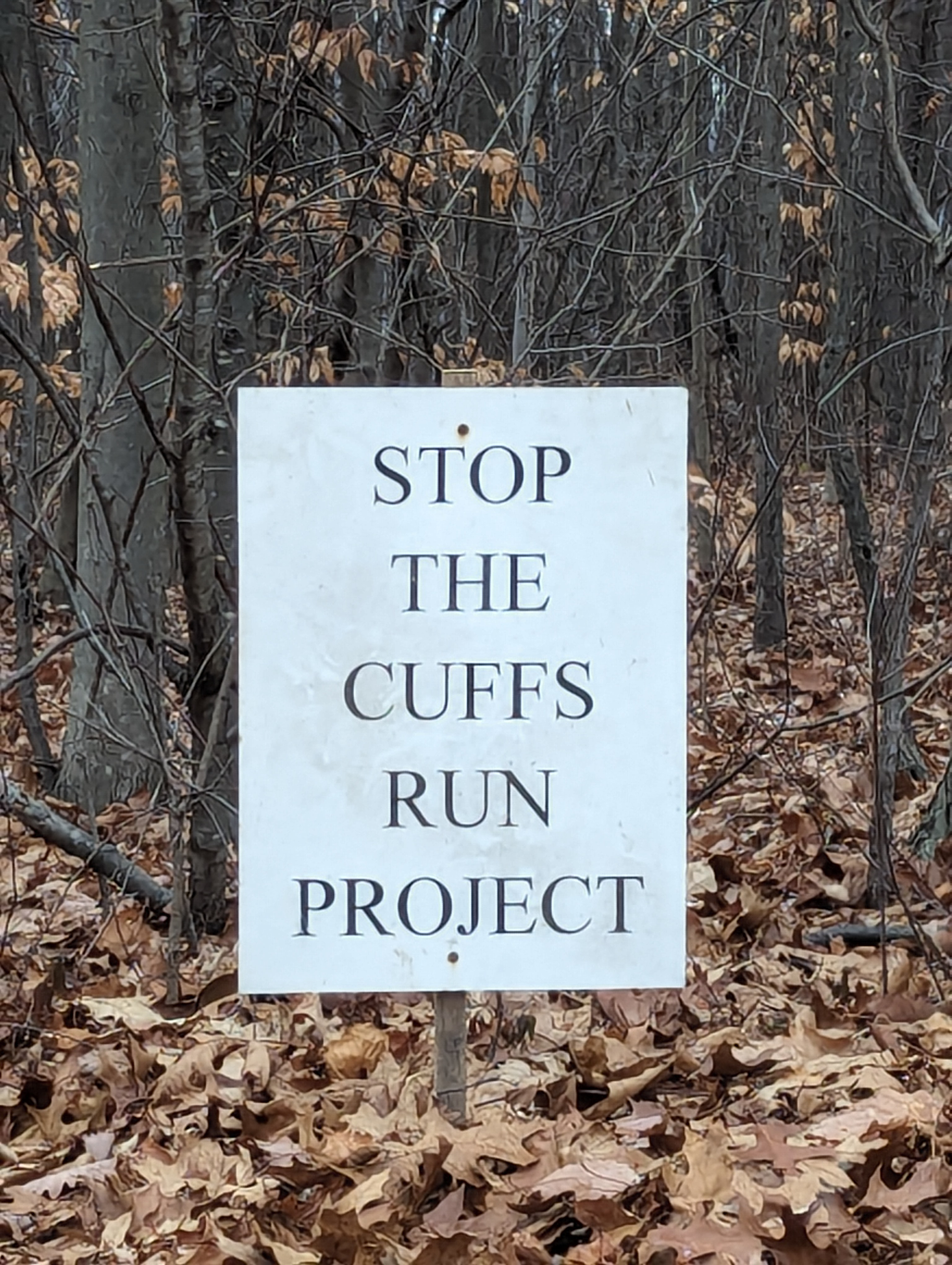
As of print time, the Federal Energy Regulatory Commission had not ruled on the company’s preliminary permit request. That permit would open a public input period and give York Energy Storage the green light to commission the studies and detailed plans it would need to apply for a final permit. For the final permit, the company would also need permission from Brookfield, the company that operates the Safe Harbor hydroelectric plant and that owns the land immediately around Lake Clark. If it gets that permit, York Energy Storage would then have the power of eminent domain to force landowners to sell their properties.
Local environmentalists and residents of the site of the proposed project claim the credit for scuttling both of the previous proposals at the site. This time, Ted Evgeniadis, the Lower Susquehanna Riverkeeper, sees the stakes as higher than before. It’s not just about the impact on the 50 properties in the 1,000-acre footprint (encompassing the reservoir as well as land around it) of the proposed project. “In the last decade there have been immense investments made to preserving, protecting and conserving the landscape around the lower Susquehanna,” Evgeniadis says.
In 2019, the federal government designated the region as the Susquehanna National Heritage Area. Hikers on the 199-mile long Mason-Dixon Trail pass along the steep, wooded hillside below the proposed reservoir in an area that, based on the preliminary maps, might not be accessible to the public anymore. “You can’t relocate [the trail] and say there’s been no impact,” Evgeniadis says. In addition, land conservancies have been buying up easements to prevent development, including on properties within the footprint of the proposed project.
And where the members of York Energy Storage sees water to be used to store energy, Evgeniadis sees a river suffering from more than a century of electricity generation: dams that limit fish passage up and downstream, and miles of deep reservoirs replacing what had been shallow and rocky running water. Upstream of the proposed project, the river fuels the York Haven hydroelectric plant and provides water to the Brunner Island coal-powered plant. Downstream, Evgeniadis pointed to the Safe Harbor, Holtwood and Conowingo hydroelectric plants; the Muddy Run facility; and the Peach Bottom nuclear power plant that draws water from the river.
This, if it were permitted to be constructed and to damage our riverlands, will be here forever. What are the consequences for building another hydro facility when we’re over-leveraged to start?”
— Ted Evgeniadis, Lower Susquehanna Riverkeeper
Once built, power plants endure for decades; Conowingo, located in Maryland, dates to the late 1920s and Safe Harbor to the 1930s. “This, if it were permitted to be constructed and to damage our riverlands, will be here forever,” Evgeniadis says. “What are the consequences for building another hydro facility when we’re over-leveraged to start?”
It is also unclear that the project would live up to its proponents’ green claims, at least in the foreseeable future. “We’re going to need some kind of grid storage to maximize renewable energy, but at this time there is not enough renewable energy for that to be an issue,” says Emma Bast, staff attorney at PennFuture.
The PJM grid, the network of power plants and transmission lines that covers Pennsylvania as well as all or part of 11 other states, is powered primarily by nuclear, coal and gas power plants. For the immediate future, the variability of wind and solar are easy for the grid to accommodate.
By the time that wind and solar provide a meaningful amount of the region’s power, Bast says other technologies could offer the PJM grid energy storage without taking up 1,000 acres of land and displacing dozens of households. Battery technologies continue to improve, as well as other storage methods. One is geomechanical pumped storage, developed by Texas startup Quidnet Energy, which stores energy by injecting water deep into the ground between layers of impermeable rock. The pressure below can then power turbines as it forces the water back up out of the ground, all with a small footprint at the surface. Given the local impact of building a facility like the one proposed by York Energy Storage, “It does not seem at this point in time to be worth it,” says Bast.
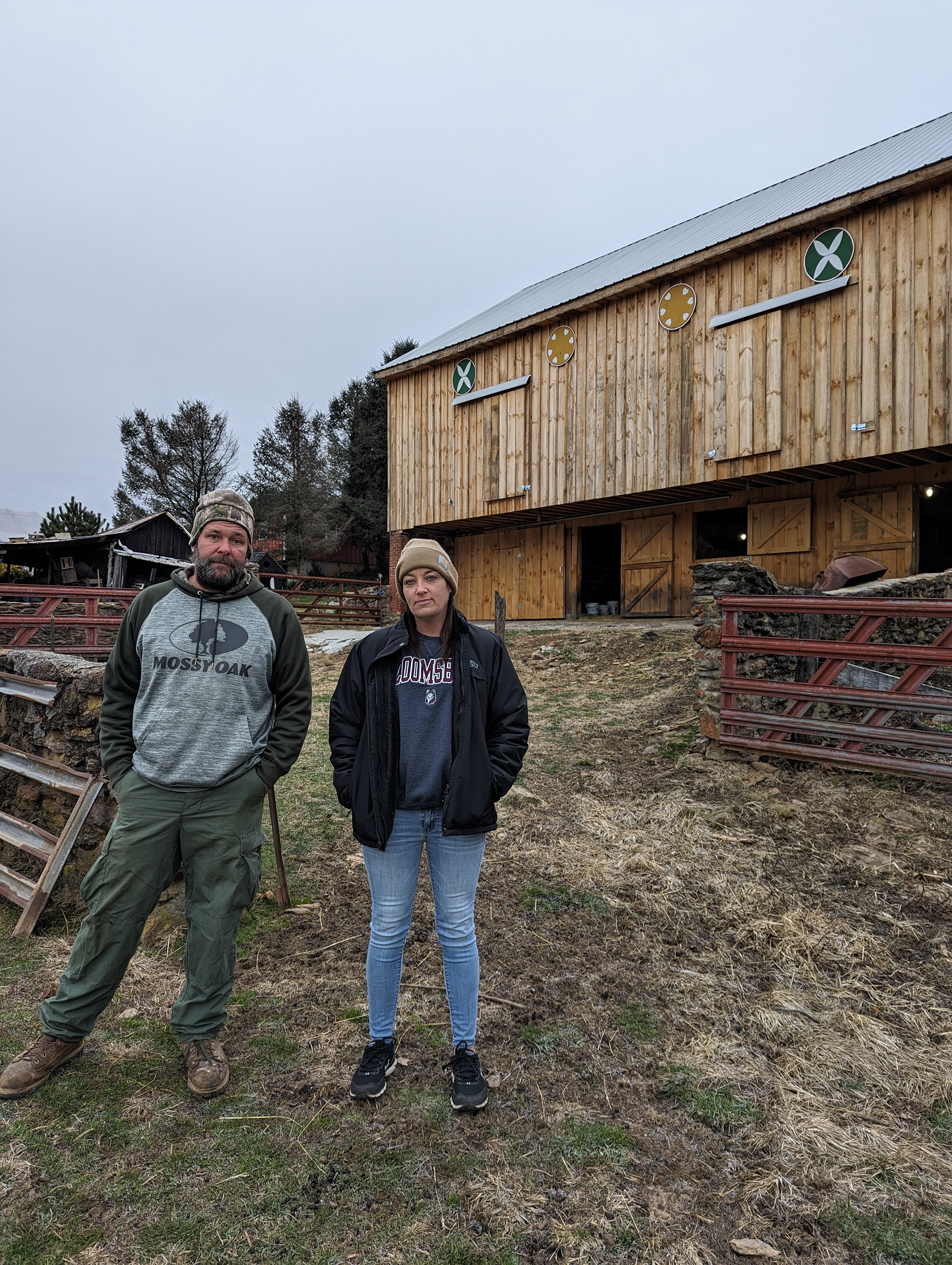
Even if the grid needed the storage, the Hortons and Evgeniadis question whether other locations could host a pumped hydro storage project with less impact to the environment and to residents. Elsewhere in the U.S., pumped hydro storage projects are being built on land reclaimed from coal mining, which Pennsylvania has in spades.
When asked about the impact on the people who now live on the site of the proposed project, McMahon focused on the jobs that the project would create and what he says will be an economic boon for the region, along with his assertions that it will support a renewable grid. He says that while the immediate negative impacts are concrete, the future benefits that would outweigh them are harder for people to conceptualize. “Right now they have no idea. They just imagine that we’re some big company destroying everything.”
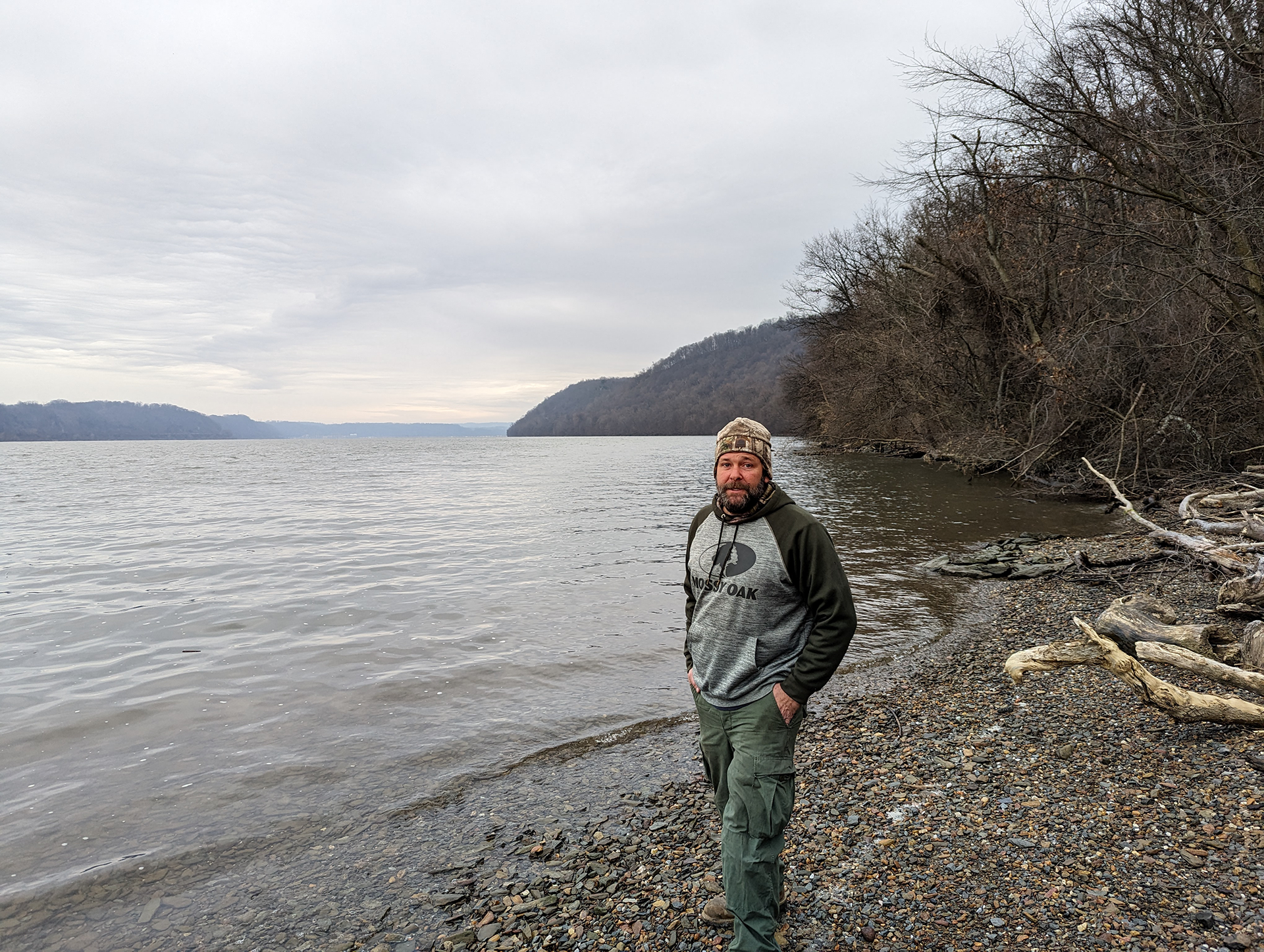
The entire region, Philadelphia included, is powered by electricity that the older plants along the lower Susquehanna produce. The reservoirs that those power plants depend on submerged plenty of properties when they were built, the homes of people long forgotten.
The Hortons say they are determined not to be swept aside. For them, the cost-benefit analysis is personal. “It makes me really angry you’re not giving a crap about someone’s home and life work,” says Jen Horton. “We just don’t matter to [McMahon]. We’re nobodies. We’re not a consideration.”







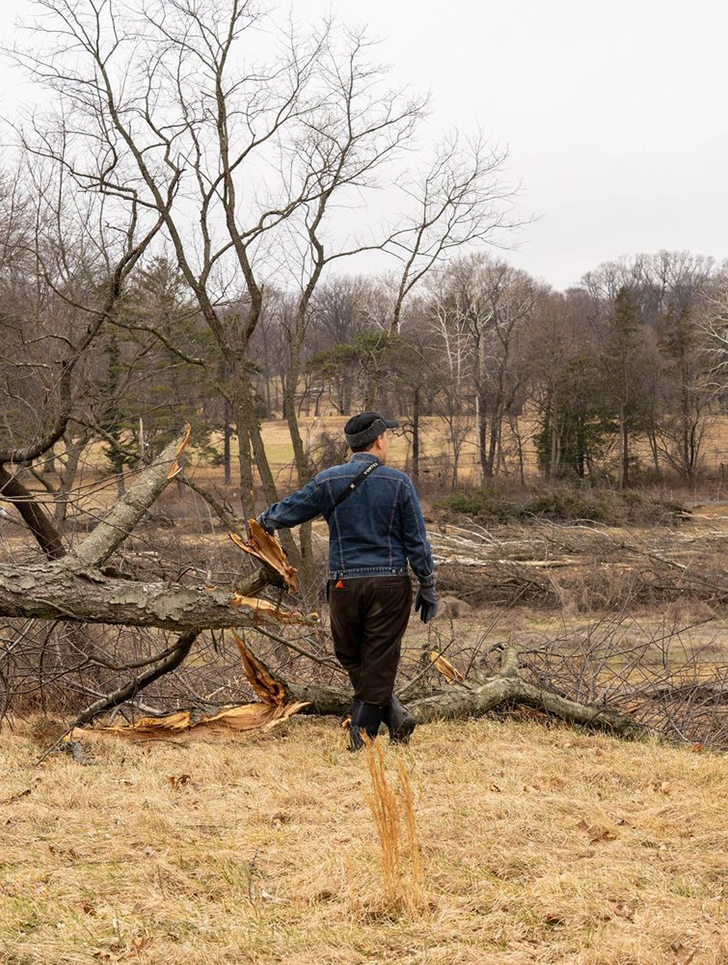
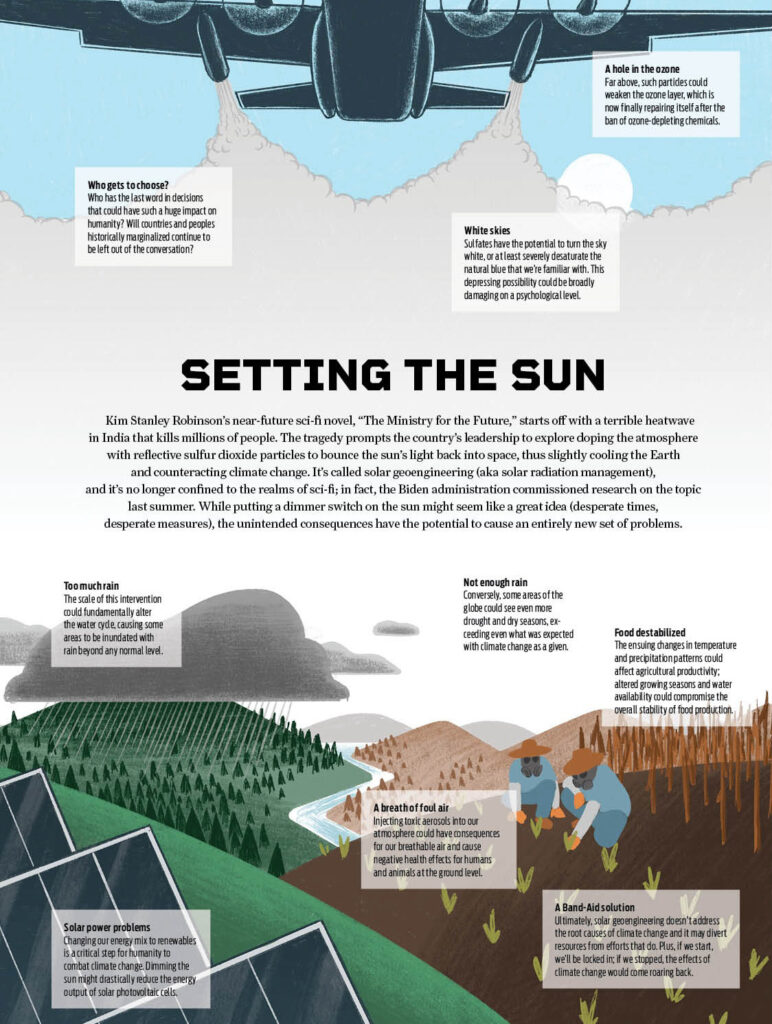
Please please please don’t give up your property, we need farmers and their crops , you are a very vital part of life and keeping us fed, I grew up on a farm 73 years ago and know how much work and live and energy goes into this life work! I applaud you both and stand behind you. If I can help please let me know, I am sick of these Greedy people and organizations trying to destroy this country and take away True Americans lively hood ! It must stop ASAP and I will gladly help to make phone calls and write letters! God Bless you both Norma Green
Awww, thank you Norma!!! I appreciate your support more than you know. Trust me..we have no intentions of giving up our land! We will fight for years if we have too!! William McMahon has been terrorizing the landowners since 1990 with this proposed project. He sleeps easily at night dreaming of the potential financial gain while we wake with worry and stress at the uncertainty of our future. Please feel free to email me so I have your contact information. I appreciate you!!! Jen Horton
jennyhorton1976@gmail.com
Stop cuffs run leave the land as God intended let the families be good custodians as they are farming and raising their familys…lov you all
Thank you Aunt Juju I know you know what an incredible loss this would be and how it is terrorizing our lives.
I know you know what an incredible loss this would be and how it is terrorizing our lives.
How is it green when diesel pumps have to pump the water to fill the reservoir . And what impact the i environment? Will there be . It will destroy peoples homes. . and how many homes 1000 of animals will it destroy?
A quick point of clarification: the project would use electricity from the grid to pump the water to the reservoir.
I live a few miles up the road from this proposal and I am 100% against it going through! There is enough of this already all around us along the river! It will displace citizens, it will ruin the Mason Dixon Trail and other historic sites in the area. My family uses this area for our recreation, horseback riding and hiking as well as bird watching. Let’s not forget about the indigenous wildlife and the effects it will have on their population! Nothing they can say would change my or my family’s minds about this disastrous project! Our township nor our county would see any actual benefits from it, and even if it did benefit us somehow, I would oppose it due to the disruption it would create to all above mentioned parties. I’m willing to fight to keep it from happening! I have signed the petitions that I have been able to find on the internet, joining the Riverkeepers pages to keep up on the latest and would love to know if there is anything else locals can do to prevent this and make it go away for good? I would suggest flyers sent to every Chanceford and Windsor township resident, as I am sure many don’t even know this is happening! I will continue to fight back against this and I hope others are informed so they can come and join the fight!
I would be more than happy to host a few of the “Stop The Cuffs Run Project” signs on my property facing out to the road in opposition of this travesty, so contact me if that can be arranged.
They say “rust never sleeps”….
Neither does greed
Absolutely against this project. My childhood home and the home in which my parents still live is right in the path of destruction. I have submitted my protest the FERC and we will fight this!!
I am totally against all of this. You will be taking my Son, Jake Horton, my daughter in law Jen Horton. & my granddaughters Savannah & Reena Horton s home away!!!! They have been there 20 plus years. Not to mention the other 40 homes that will be taken
This effects alot of people & no one seems to care. How would you like if I brought my skid Ioader & came to your home & leveled it flat & told you to leave. This is a ridiculous plan & needs to STOP NOW
The bigger picture here… is not “we need energy storage”…
We need more sustainability in our culture that DOESN’T rely on endless amounts of manufactured electricity. Elon can keep his batteries and they can build whatever they want over top of his mining operations. This is not needed or welcome. Our infrastructure for the power grid needs to be improved and then they can start looking at other ways to destroy what little is still left. There won’t be a need for electricity to store produce and fresh meats because we won’t have any where to grow food and raise livestock. York Energy Storage, I can assure you that the Horton family and neighboring farmers will definitely be here working the land for actual generations, LONG after your “batteries” stop performing.
STOP THE CUFF’S RUN PROBLEM! (Problem. Not “project”.)